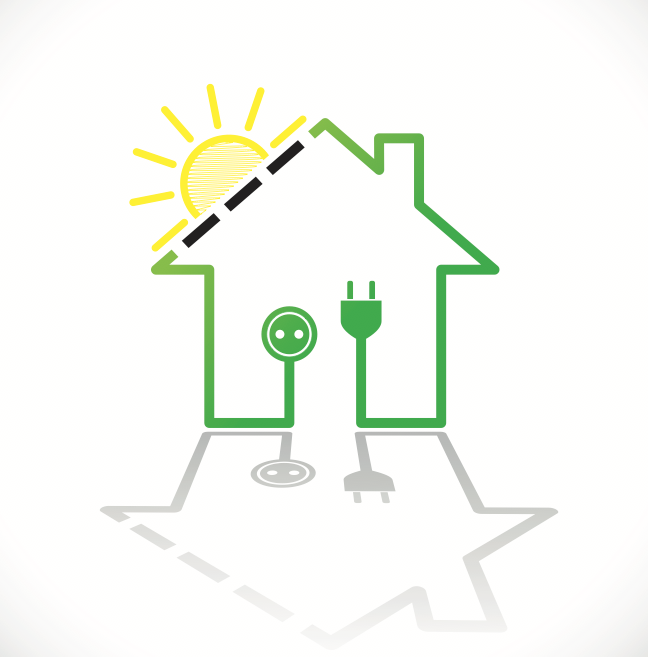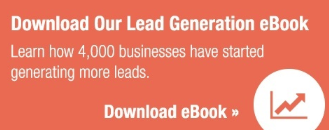Your solar website's primary goal is simple: to generate enough visitor interest that they reach out and contact your office. Any other elements of the site, like informing visitors about the benefits of solar energy or various financing options, serve this greater goal. In other words, if a visitor turns into a qualified lead, you've succeeded. We'd like to look at some principles of solar website design that can help to make this goal a reality.
Simplify, simplify, simplify. The business of selling commercial or residential solar panels can be a deceptively complex one. After all, customers need to know about pricing and financing options, tax credits, "how solar works," and the list goes on. The temptation may be there to provide all this information on your site to help reflect your brand's expertise, but beware. You run the risk of only confusing visitors, which is especially problematic because visitors tend to arrive at solar sites without much information about how it all works. Our point: keep navigation as simple as possible and minimize any obstacles of "noise" that would prohibit a visitor from contacting you.
Be mobile-friendly. "Responsive design," the idea that a website should look great on all devices — iPhones, desktops, tablets— is the most important trend in web design at the moment. It's doubly important for solar website design because your customers and prospects are a tech-savvy bunch who are frequently accessing your site from different devices. They're educated, environmentally-conscious, and most certainly have mobile devices. Remember, there's nothing more frustrating that checking out a site on your smart phone that doesn't load quickly or looks strange.
Move the visitor through the purchasing funnel. Again, many visitors to your site won't know much about solar or will have inaccurate preconceptions. You need to allay any misunderstanding by clearly offering a free consultation. In fact a button or graphic saying "Request a Quote" or “Request More Info” should be the first thing visitors see.
Testimonials matter. Showing happy and satisfied customers goes a long way in making visitors feeling like your firm can be trusted. In fact, we here at Palmer like to venture beyond the friendly confines of Northern California to see what other solar brands are doing around the state, and we were particularly impressed by this "Featured Customers" page courtesy of San Diego's Semper Solar. (We also like how their "Free Energy Analysis" offer is static across all pages.)
Pay attention to your landing pages. After your home page is attuned to the typical visitor who finds you through a web search or social media, make sure other landing pages — for example, where a visitor goes after clicking on a link in an eblast — are designed accordingly. These landing pages should be designed based on the prospect's location in the sales purchasing funnel. If you have a qualified lead who is close to converting, they should get an email offering a free consultation. And when the click on the link they should be taken to the appropriate page.






